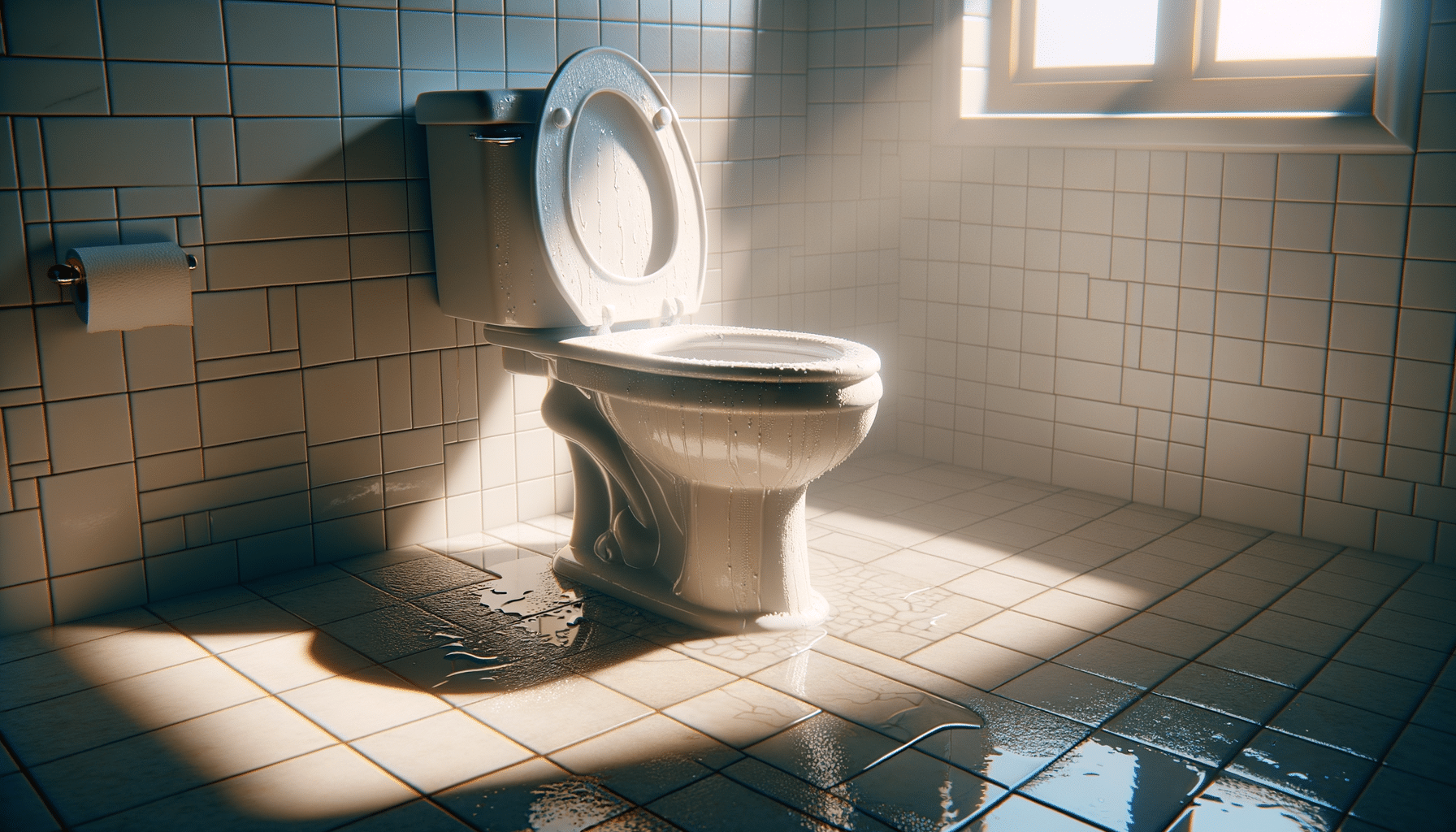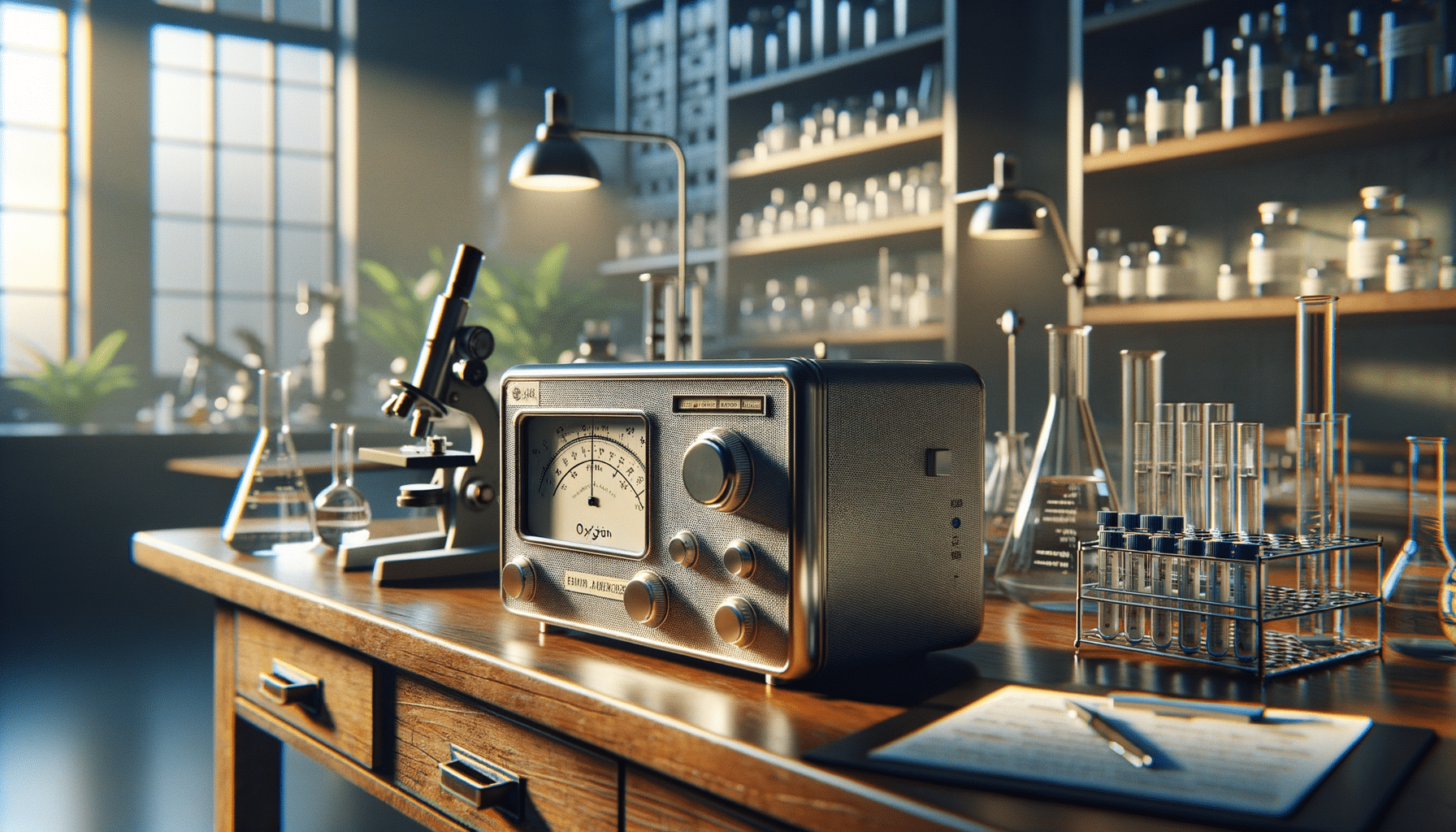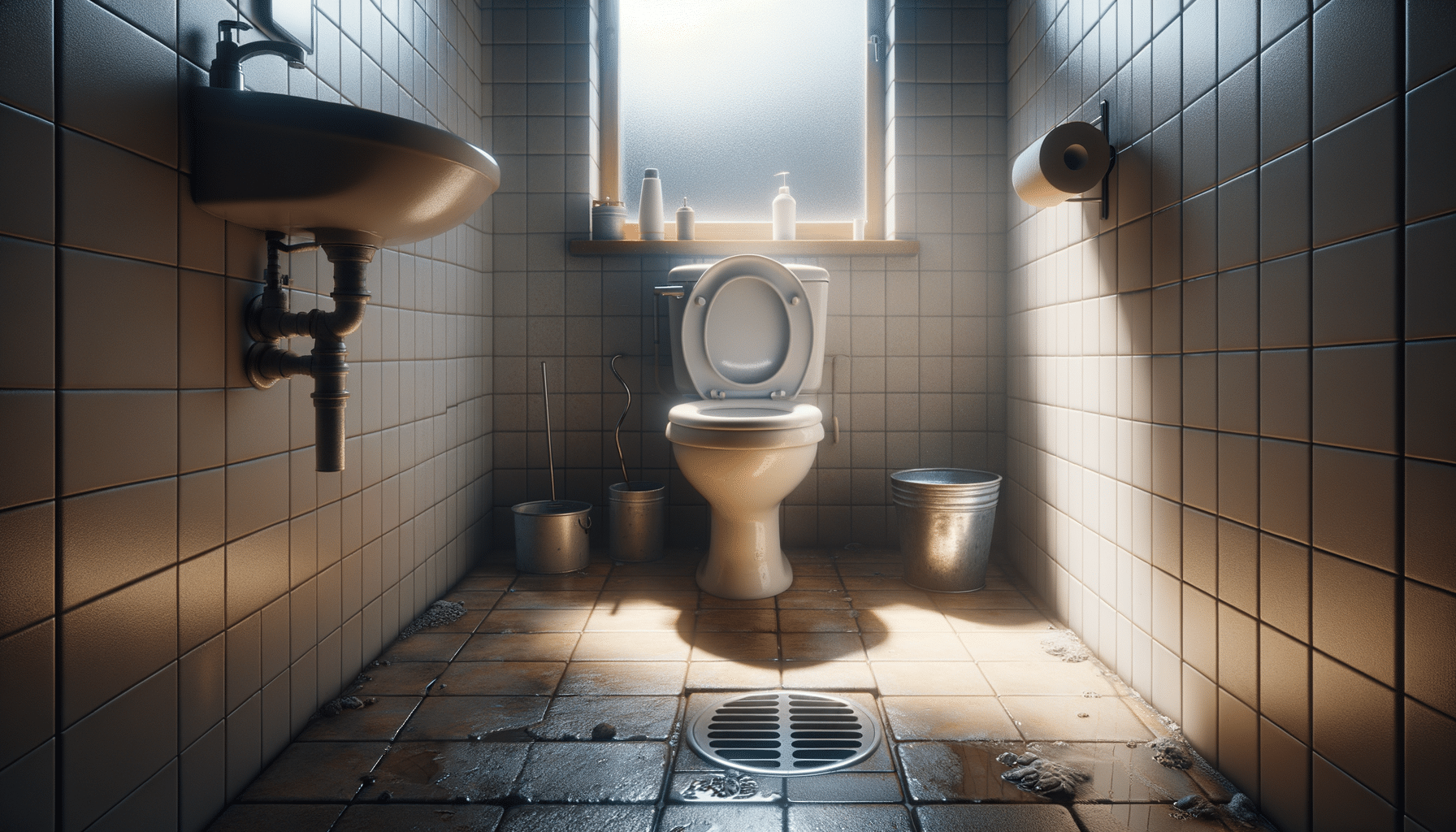
Understanding Stopped Up Toilet: An Overview
Introduction to Stopped Up Toilets
In every household, the plumbing system plays a crucial role in maintaining hygiene and comfort. However, one of the most common issues that homeowners face is a stopped-up toilet. This problem, often described with phrases like “fix stopped up toilet,” “toilet was clogged,” or “clogged toilet fix,” can disrupt daily routines and cause significant inconvenience. Understanding the causes and solutions to this issue is essential for effective management and prevention.
When a toilet becomes clogged, it means that there is a blockage preventing the proper drainage of water and waste. This can lead to water overflowing, unpleasant odors, and even potential damage to the bathroom floor and surrounding areas. The reasons for a toilet clog can vary, ranging from foreign objects being flushed down to issues with the plumbing system itself. By delving into the various aspects of this problem, we can equip ourselves with the knowledge needed to tackle it efficiently.
Common Causes of Toilet Clogs
To effectively address a stopped-up toilet, it is vital to understand the common causes behind it. One of the primary reasons for a toilet becoming clogged is the flushing of inappropriate items. Many people mistakenly flush items such as wet wipes, feminine hygiene products, or excessive amounts of toilet paper, which do not dissolve easily and can cause blockages.
Another cause can be the design of the toilet itself. Older toilets, especially those with a low flush volume, are more prone to clogs due to insufficient water pressure to clear waste completely. Additionally, issues with the plumbing system, such as a blocked sewer line or vent pipe, can also lead to persistent clogs. Recognizing these causes can help in taking preventive measures and choosing the appropriate solutions when a clog occurs.
Effective Solutions for Unclogging Toilets
When faced with a clogged toilet, employing the right techniques can make all the difference. One of the most straightforward methods is using a plunger. A plunger creates suction and pressure to dislodge the blockage, allowing water to flow freely again. For more stubborn clogs, a plumbing snake or auger can be used to reach deeper into the pipes and remove the obstruction.
In some cases, chemical drain cleaners may be effective, but they should be used with caution as they can damage pipes and are not environmentally friendly. Alternatively, a mixture of baking soda and vinegar can be a natural and safe solution for minor clogs. If these methods do not work, it may be necessary to call a professional plumber to inspect and resolve the issue, especially if it is due to a more complex problem within the plumbing system.
Preventive Measures to Avoid Toilet Clogs
Prevention is always better than cure, and this holds true for plumbing issues as well. To avoid a stopped-up toilet, certain preventive measures can be implemented. Educating household members about what can and cannot be flushed is a simple yet effective step. Only toilet paper should be flushed, and even then, in reasonable amounts.
Regular maintenance of the plumbing system can also prevent clogs. This includes periodic inspections by a professional plumber to ensure that the sewer lines and vent pipes are clear of any obstructions. Additionally, installing a toilet with a higher flush capacity can help in reducing the frequency of clogs, especially in older homes with outdated plumbing systems.
Conclusion: Managing and Preventing Toilet Clogs
In conclusion, while a stopped-up toilet can be a common household issue, understanding its causes and solutions can significantly mitigate its impact. By employing effective unclogging techniques and adopting preventive measures, homeowners can maintain a smoothly functioning plumbing system. Whether it involves educating family members or scheduling regular plumbing inspections, these steps can ensure that the inconvenience of a clogged toilet is minimized.
Ultimately, being informed and proactive is key to managing and preventing toilet clogs. By doing so, we can save time, avoid unnecessary stress, and maintain the comfort and hygiene of our homes.


